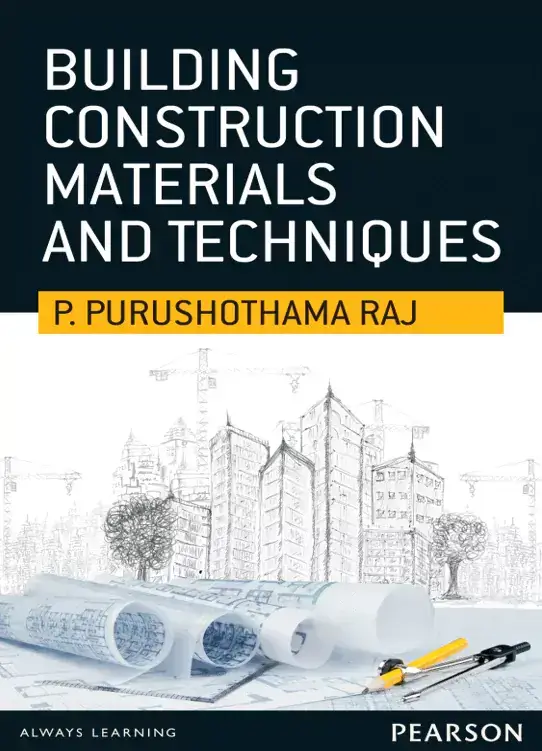Construction Materials, One of the basic needs of human beings is shelter. Housing fulfils this requirement. It is an important indicator of the level of a country’s social Programme.
Housing involves the construction of buildings with suitable building ma. and by following certain construction practices depending on the location. Buildings are constructed not only for housing purposes but also for different purposes such as schools,
hospitals, industries, etc. Thus, the knowledge of building Co. materials and building construction techniques are essential for a civil engineer. A couple of courses are available, which are offered in B.E/B.Tech. programs in universities – Building Materials and Building Const.
Recently, several universities combined these courses into a single course to provide continuous and comprehensive material. This book is one which deals with materials and construction techniques needed for buildings. This book comprises of 32 chapters, 13 of which are devoted to Building Ma. and 19 to Construction Techniques and Maintenance. All conventional building ma. and modern Co. materials are explained in detail. A book of this magnitude would not have been possible if not for the treasure of references
in the form of textbooks, manuals, special reports and Indian Standard Codes for which
the author expresses his profound gratitude. References have been made to the authors and
authorities wherever feasible. Any omissions were inadvertent.

★★★★★
1.4k views1.4k likes👍 Like
★★★★★★
